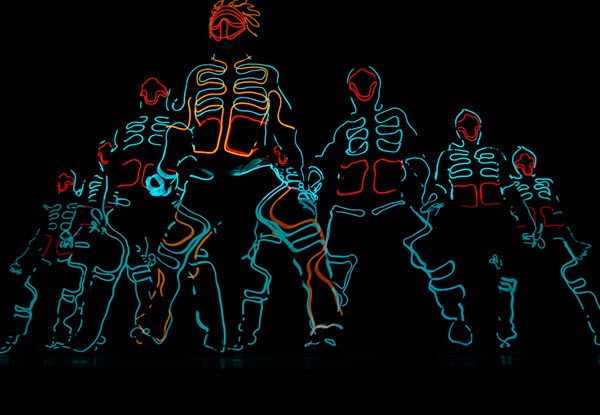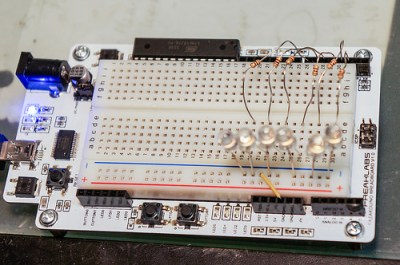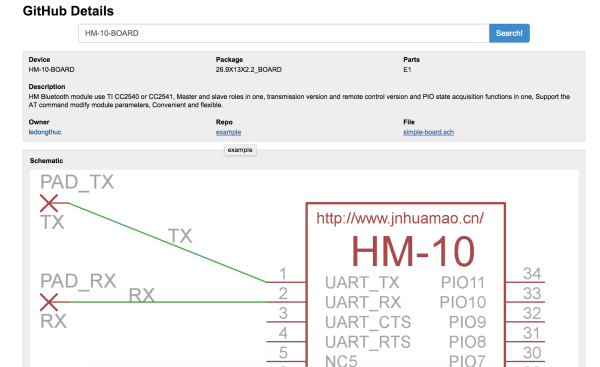The Xbox 360 is a great console. But unfortunately, some units are quite susceptible to overheating, resulting in the horrifying red ring of death (or RROD for short!). Sometimes the damage is done, and you’re pretty much out of luck. But if it’s a two light RROD (indicating inadequate cooling), there’s something you can do to save it. It’s simple — just add a fan.
If your unit is showing the two light RROD, open up the Xbox and take a look at the main heat-sink. You’re probably going to have to re-seat it with new thermal paste due to heat overload. That’ll fix your problem for a bit, but it’s more than likely going to happen again.
[Doyle] did this and it solved the RROD — but checking temperatures, he saw that the chip still hit about 80C in less than 30 seconds of being on! So he decided to add an extra fan.



















